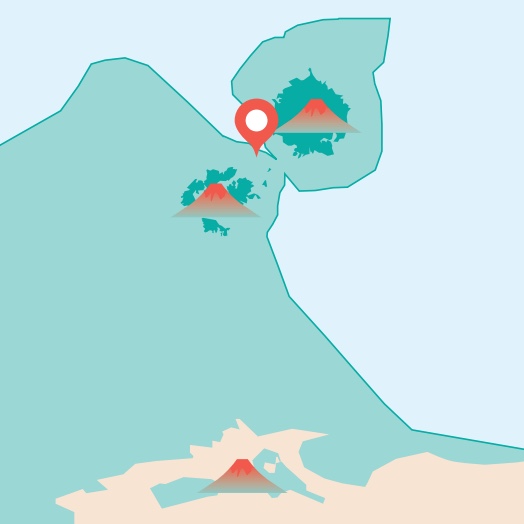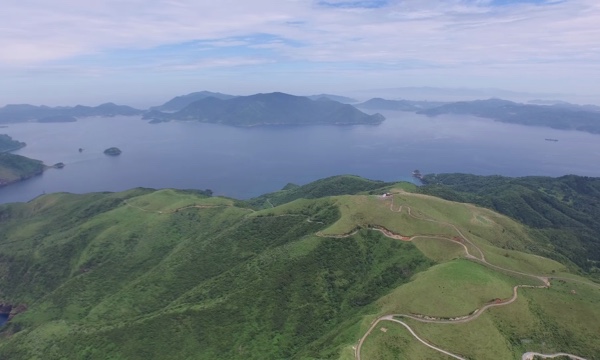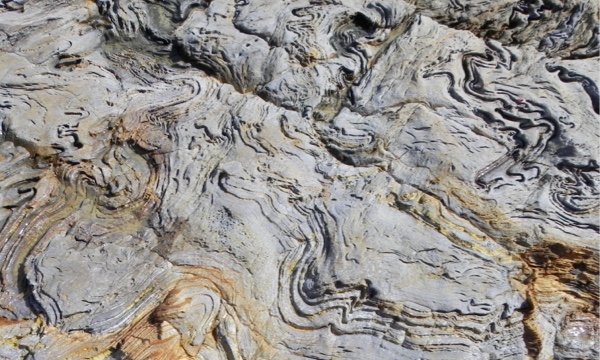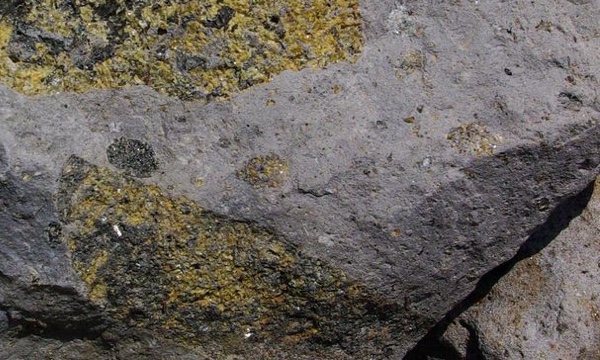Dōzen Caldera
The Dōzen Islands comprise a prominent mountain in the center, encircled by the sea and then the islands on the outside. This geographical formation is known as a caldera, which is a volcanic depression formed by a significant volcanic eruption. Mt. Aso, located in Japan's southern region Kyūshū, is a renowned example of such a caldera.








